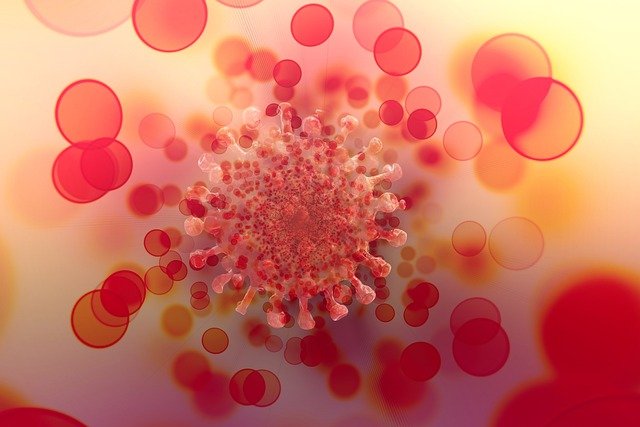Hyderabad: A collaborative study by a group of scientists from the CSIR-CCMB, Hyderabad and the CSIR-IMTech, Chandigarh, with hospitals in Hyderabad and Mohali has confirmed the airborne transmission of SARS-CoV-2.
The study has been published in the Journal of Aerosol Science.
The exact mechanism of spread of coronavirus SARS-CoV-2 has remained elusive. Earlier thought to spread by surfaces, epidemiologists found that countries where people wore masks in the pandemic were affected less severely. However, quantitative evidence that shows the infectious coronavirus particles in air was lacking.
The scientists analysed the coronavirus’ genome content from air samples collected from different areas occupied by Covid-19 patients. These included hospitals, closed rooms in which only Covid-19 patients spent a short period of time, and houses of home-quarantined Covid-19 patients.
They found that the virus could be frequently detected in air around Covid-19 patients and that the positivity rate increased with the number of patients present in the premises. They found the virus in ICU as well as non-ICU sections of hospitals, suggesting that patients shed the virus in air irrespective of the severity of infection. The study also found viable coronavirus in air that could infect living cells, and these viruses could spread over a long range of distance. Scientists still suggest wearing face masks to avoid the spread of coronavirus.
“Our results show that coronavirus can stay in the air for some time in absence of ventilation in closed spaces. We find that the positivity rateof finding the virus in air was 75 per cent when two or more Covid-19 patients were present in a room, in contrast to 15.8 per cent when one or no Covid-19 patients occupied the room in these studies,” said Dr Shivranjani Moharir, a scientist involved in the study.
“Our observations are concurrent with previous studies that suggest that the concentration of SARS-CoV-2 RNA is higher in indoor air as compared to outdoor air; and in indoor, it is higher in hospital and healthcare settings that host a larger number of Covid-19 patients, as compared to that in community indoor settings,” he added.
“As we are back to conducting in-person activities, air surveillance is a useful means to predict infection potential of spaces like classrooms, meeting halls. This can help refine strategies to control the spread of infections,” said Dr Rakesh Mishra, the lead scientist of the work, CSIR Distinguished Emeritus Professor at the CCMB, and Director, Tata Institute for Genetics and Society.
He also added that the air surveillance technique is not just limited to coronavirus but can also be optimised to monitor other air-born infections.
(Except for the headline, this story has not been edited by Sambad English staff and is published from a syndicated feed.)


Comments are closed.